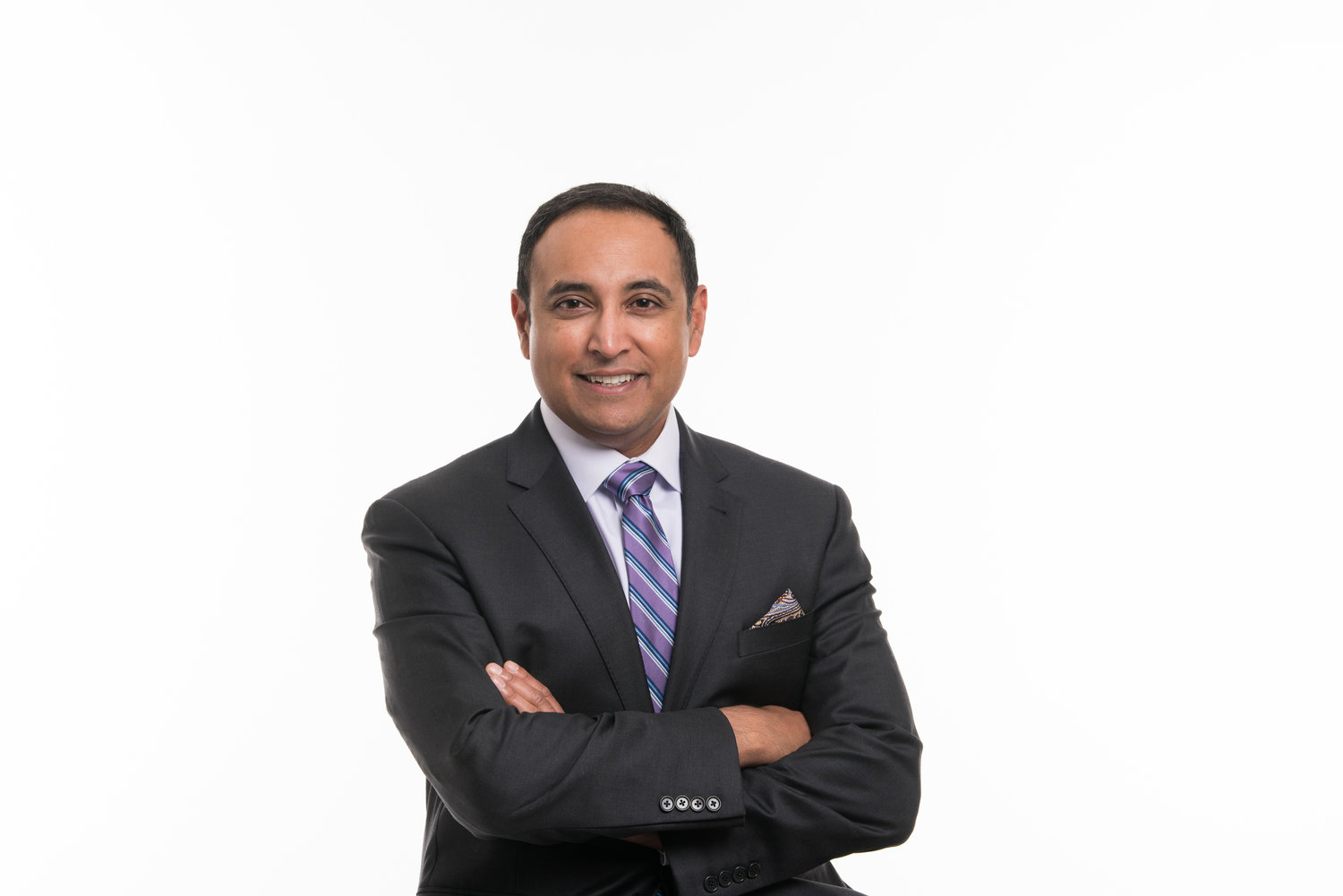Advanced technology in cataract surgery: Options to improve quality of life
By Rajesh Shetty, M.D., Florida Eye Specialists
More than half of Americans ages 80 and older have been diagnosed with a cataract or have had cataract surgery. However, many of my patients don’t realize that cataracts can begin to develop early in their 40s and 50s. Due to safety, we used to wait until patients were older to perform cataract surgery, when the benefit was comparable to the risk. Thankfully, with advances in technology, cataract surgery today is safer and provides better outcomes than ever, so patients now can have surgery at younger ages.
Cataracts are a clouding of the normally clear lens of the eye. Cataract surgery, which involves the replacement of the cloudy lens, is one of the most common procedures in the country, and more than 3.5 million cataract surgeries are performed every year. But it can be challenging for patients to choose between the myriad of new options available.
From laser cataract surgery to premier intraocular lenses, it’s important for patients to know their options and discuss them with their eye surgeon. With more patients choosing cataract surgery than ever, becoming familiar with the latest technology is the perfect place to start.
Traditional vs. laser cataract surgery
One of the ways cataract surgery has improved is through a technique called laser cataract surgery. Unlike traditional cataract surgery, where a scalpel is used to make an incision in the eye by hand, laser cataract surgery is computer guided. This results in a safer, gentler procedure. The laser also creates a more precise and accurate outcome, which allows eye surgeons to correct a wide range of vision problems, including astigmatism, far- and near-sightedness at the time of cataract surgery. This gives you the option to correct two eye conditions with one procedure and reduces the need for glasses.
Next gen advances in intraocular lens technology
In addition to laser cataract surgery, the latest technology in premium cataract surgery are the advances in intraocular lens technology. An intraocular lens is the artificial lens that is implanted in the eye during cataract surgery after the eye’s cloudy natural lens has been removed. While surgeons have been using these lenses for decades, today’s versions offer crisper, higher-quality vision and more function than they’ve ever provided before.
With the many kinds of intraocular lenses now available, eye surgeons can choose the best fit for each patient. At Florida Eye Specialists, our practice focuses on an individual’s needs in order to choose the best lens. We see patients that need better vision during night conditions, patients who have had prior refractive surgery, golfers who may need better vision during daylight hours and more. We try to customize the lens to the patient’s lifestyle, as it’s not a one-size-fits-all.
How to know when it’s time for cataract surgery
Cataracts develop slowly and painlessly over time, but they can grow to the point where they can get in the way of living an active, independent life. With all the time we spend looking at phones and other devices, traveling, playing golf and reading, our vision needs are more demanding than ever. Fortunately, cataract surgery offers patients the opportunity to not only restore their vision, but to possibly see better than they ever have before. It can reduce dependency on glasses and make daily activities like reading and driving easy again.
If cataracts are impacting your daily life, you don’t need to live with impaired vision or wait for surgery. Make an appointment with a cataract consultant today.
Rajesh Shetty, M.D., is a Ponte Vedra resident, board-certified, double fellowship-trained ophthalmologist and CEO of Florida Eye Specialists. For more information about Dr. Shetty and his specialty treating cataracts, visit FloridaEyeSpecialists.com/Cataracts.







